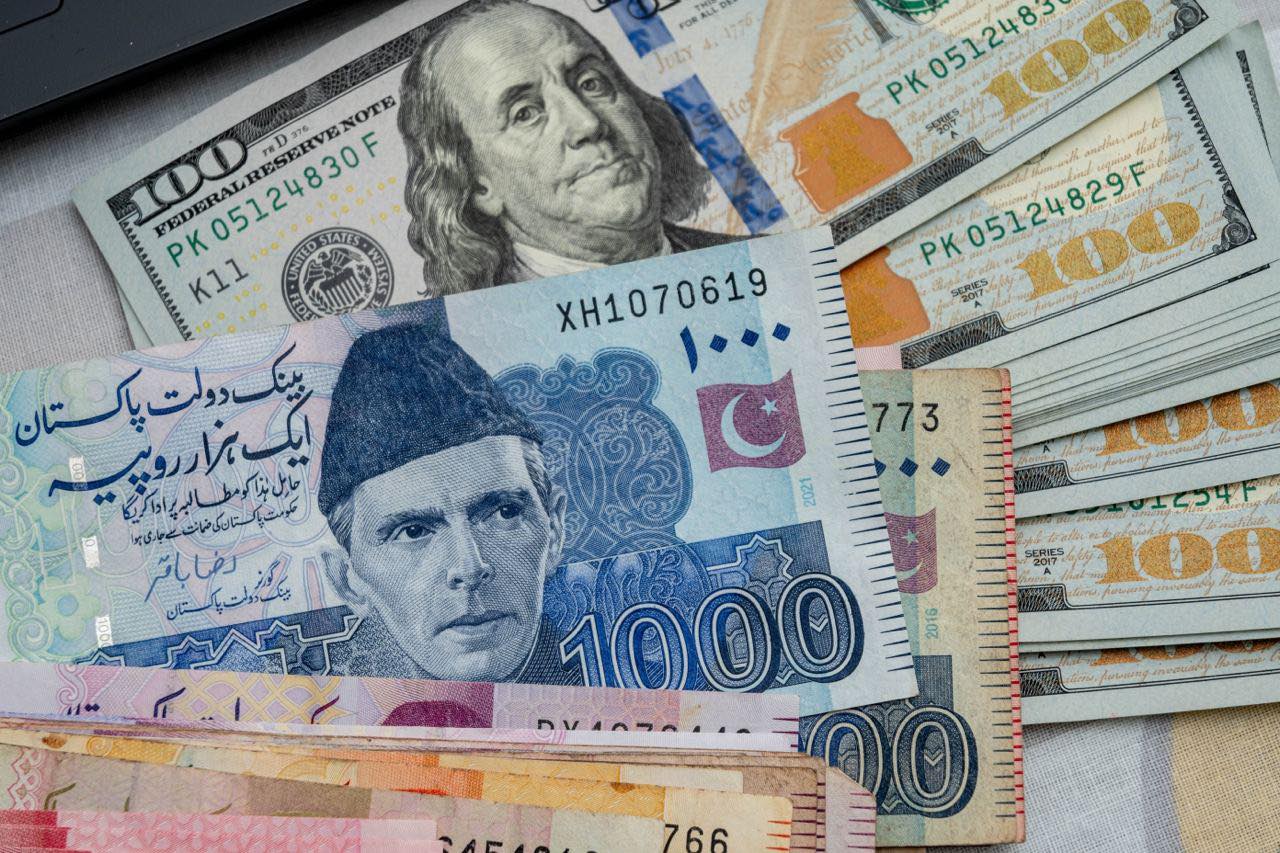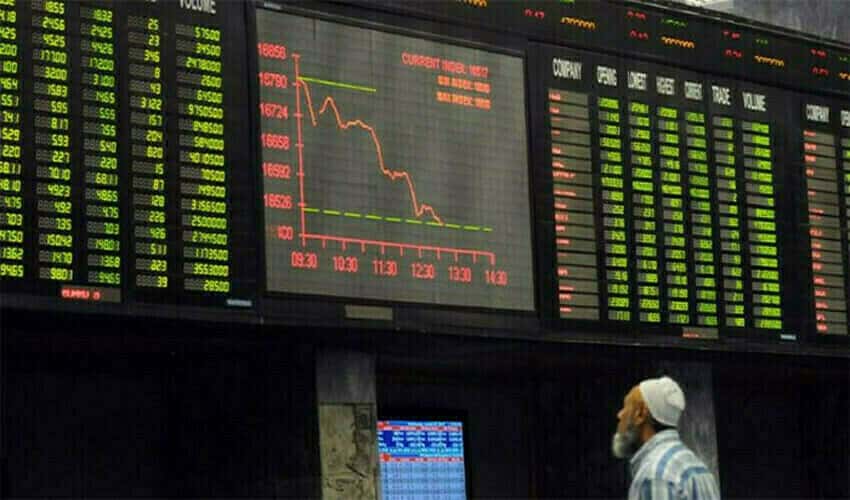The federal government’s borrowing from scheduled banks for budgetary support witnessed a steep decline of 58 percent during the first two months of the fiscal year 2025 (FY25), as revealed by the latest data from the State Bank of Pakistan (SBP). This significant drop reflects changes in financial strategy as well as improvements in foreign inflows and revenue collection.
According to SBP statistics, the federal government borrowed Rs 660.3 billion from scheduled banks between July 1 and August 30, 2024. This is a sharp contrast to the Rs 1.584 trillion borrowed during the same period in FY24. The decline, amounting to Rs 924.3 billion, represents a 58 percent decrease in the government’s reliance on banks for budgetary support, underscoring a notable shift in fiscal management.
In addition to the reduced borrowing from scheduled banks, the federal government also repaid Rs 176.6 billion to the SBP during the same two-month period. This compares to a much larger repayment of Rs 714 billion during the corresponding months of the previous fiscal year. While this repayment figure is lower than last year’s, it still highlights the government’s effort to reduce its debt burden and manage its financial obligations efficiently.
The overall decline in government sector borrowing, which includes both budgetary support and commodity financing, also saw a significant reduction. Net government borrowing fell by 27 percent, amounting to a decrease of Rs 248.153 billion in the first two months of FY25. This decrease was mainly driven by lower borrowing by both the federal and provincial governments for various financial purposes.
From July to August FY25, the federal and provincial governments raised a total of Rs 681 billion for budgetary support, commodity financing, and other needs. This amount is substantially lower compared to the Rs 929 billion borrowed during the same period in FY24. Analysts attribute this decrease to several factors, including improved foreign inflows, higher revenue collection, and more efficient fiscal management.
The borrowing trends varied across Pakistan’s provincial governments. While some provinces borrowed significant amounts from the SBP, others focused on repaying their loans. For instance, the Balochistan government repaid Rs 23.4 billion, while the Khyber Pakhtunkhwa government returned Rs 30 billion to the central bank.
In contrast, the Sindh government borrowed Rs 5 billion, and the Punjab government raised Rs 294 billion during the July 1 to August 30 period in FY25. These borrowing and repayment trends indicate different financial needs and priorities across the provinces, with some focusing on debt reduction while others sought additional funds for development and operational expenses.
As part of its strategy to meet the federal government’s financial needs, the SBP announced two auction calendars on Tuesday for the sale of both short-term and long-term government securities. Over the next three months, from September to November 2024, the central bank plans to raise Rs 6.295 trillion for the federal government through the sale of Market Treasury Bills (MTBs) and Pakistan Investment Bonds (PIBs).
Of this amount, Rs 3.475 trillion will be raised through the sale of 3-month, 6-month, and 12-month MTBs. These short-term securities are commonly used by the government to manage its immediate financing needs. In addition, Rs 2.820 trillion will be borrowed through the sale of long-term PIBs. These bonds, which have longer maturities, provide the government with a more stable source of funding for long-term projects and initiatives.
While the first two months of FY25 have seen a significant decline in government borrowing, financial experts suggest that this trend may not last throughout the fiscal year. According to analysts, the reduction in borrowing is primarily due to recent improvements in foreign inflows, including loans and grants from international financial institutions, as well as better revenue collection by the Federal Board of Revenue (FBR). However, these sources of funding may not be sufficient to meet the government’s growing financial needs in the long term.
As the fiscal year progresses, it is expected that the federal government may increase its borrowing from scheduled banks to cover its budget deficit and finance ongoing development projects. With rising expenditures and the need for economic recovery, especially in the wake of global economic challenges, the government may have to rely on additional borrowing to ensure financial stability.
Moreover, the government’s ability to borrow will also be influenced by its negotiations with international lenders such as the International Monetary Fund (IMF) and World Bank, as well as its efforts to attract foreign direct investment (FDI). A balanced approach to borrowing will be crucial to avoid increasing the national debt burden while still ensuring sufficient funds for essential programs and initiatives.




